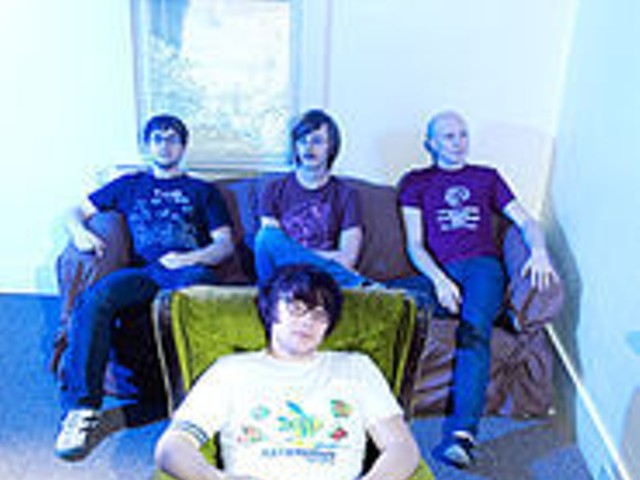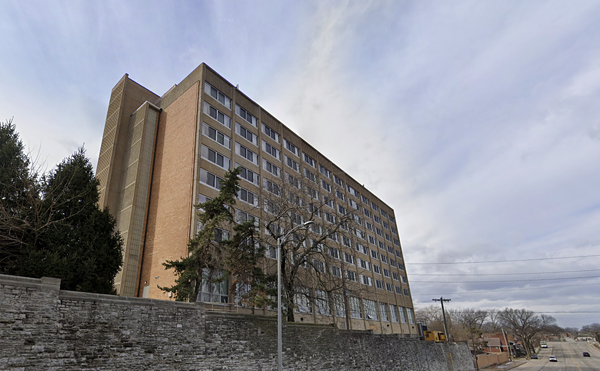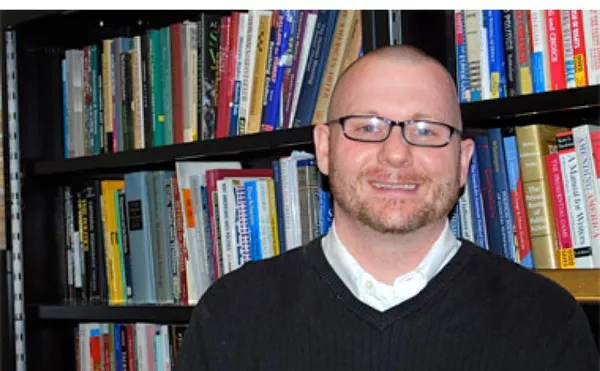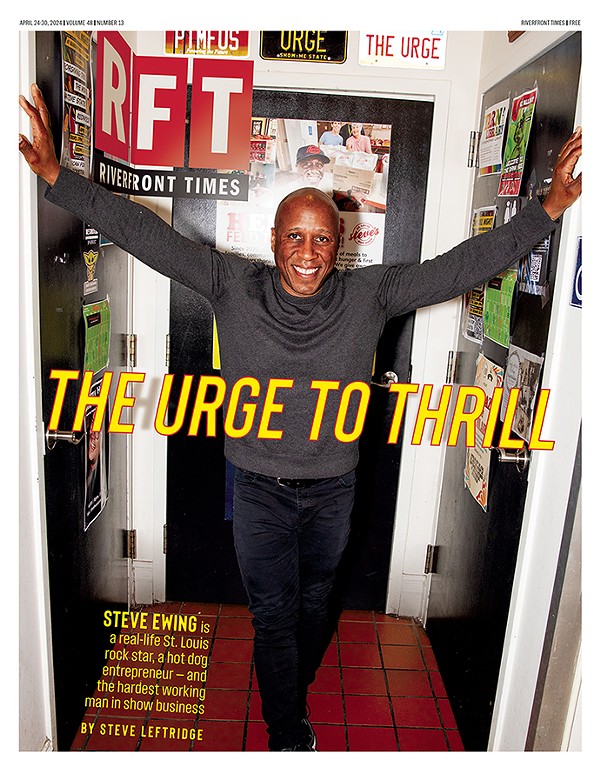Greenberg arranged clusters of pointed wooden sticks and constructed a six-foot Star of David. He hung aluminum globes from the branches of the trees in his yard. He covered his front door with Israeli flags and laid mosaics of granite and marble on the front walk and the walkway leading to the back yard.
Greenberg says the project, which he calls The Holocaust Revisited, is his way of fighting anti-Semitism. "I was born in 1943, when Hitler was still killing Jews," he says. "I'm very involved now because I couldn't do anything back then." Asked why he went so far as to install a security camera over his front door and floodlights that fully illuminate his property, Greenberg explains, "My yard is open to Nazis. My daughter-in-law in Texas is concerned about me."
The gravest threat to Greenberg's work, however, is not from Nazis, but from his neighbors in the Whispering Oakwood subdivision. Some, like Greenberg, have lived in this quiet neighborhood for 30 years or more. They are not opposed to modern art, they say, but they feel his Holocaust project is an eyesore and is lowering their property values. "For a suburban residential area, this artwork is out of place," says Marilyn Ratica, a real estate agent who lives around the corner from Greenberg.
"I think it's junk," says Jan Schuler, Greenberg's next-door neighbor, who, like many others in Whispering Oakwood, wants it removed. "It's about safety and property values," says Greenberg's other next-door neighbor, Tim Purviance, who is leading the battle against Greenberg's work. "The real estate market has proven that something like that yard lowers the property value of houses in the neighborhood." Purviance says he put his house on the market last winter for $269,900 and that three months went by without a single offer. It's not the soft real estate market that's to blame, he insists. It's Greenberg. "Would someone buy a house next to that?" he asks. "No!"
For three years, Purviance and other riled neighbors say they've tried to reason with Greenberg. When that didn't work, they called the police and asked the city of Ballwin to establish new ordinances limiting lawn art. Finally, last week, they succeeded in dragging Greenberg into a Ballwin municipal courtroom on charges of littering and storing hazardous materials. The city claims that the pointy wooden sticks and aluminum globes are potentially dangerous to police officers or firefighters who may need access to the lawn.
Greenberg takes his neighbors' complaints personally. "They're so culturally deprived, they think my art is scrap iron," he says. "Some people say, 'Lewis, you should laugh it off.' But I cannot smile at these people."
At 63, Greenberg is a small wiry man, an avid cyclist who has a Jewish star tattooed on his shoulder. A retired junior high school art teacher, Greenberg has used his yard as his personal gallery ever since he moved into the ranch house on Morena Court in 1971. There was a time when his neighbors appreciated his work, or at least didn't complain about it.
"There were five or six pieces," recalls Purviance. "They were very rustic. They fit into the surrounding area." Purviance says the Holocaust project began after Greenberg's wife moved out and later divorced him. "Then the tide turned. Lewis did what he wanted. When his wife was there, he was different. She kept him under control." Greenberg agrees with the assessment: "She was the last obstacle."
From the outset, Greenberg's neighbors have objected to the project. Instead of using steel, as he had in his earlier sculptures, Greenberg began working on Holocaust Revisited with scraps of wood and aluminum, which he found easier to handle. To the neighbors, though, it looked like trash.
Purviance, who Greenberg once considered his best friend, asked him to remove the new pieces soon after the work began in spring 2004. Greenberg refused. That summer, Purviance placed his first call to the Ballwin police. Police visits became so frequent that Greenberg would come to consider some of the officers his friends. But they could never find Greenberg in violation of any city ordinances. "The role of the city is to establish minimum standards, not to interpret individual expressions," says Ballwin's city administrator Bob Kuntz.
Greenberg's neighbors, meanwhile, began to wonder about his mental health. Greenberg claims some of them banded together to call the Missouri Department of Social Services and asked them to send out a social worker to determine whether he was fit to continue to live alone. Greenberg says he suffers from manic depression and takes medicine to keep it under control. He says the whole experience made him feel like Jack Nicholson in One Flew Over the Cuckoo's Nest. "It was a strange trip," he adds.
In the end, the social worker declared Greenberg mentally competent. Still, his neighbors aren't so sure. They say he deliberately harasses them by running his leaf blower early in the morning, revving his car's engine in the driveway and shouting obscenities in English and in Yiddish. "He's vicious," says Schuler. "He makes us uncomfortable." Greenberg responds: "These people have called my art trash. They called it garbage. Those are fighting words."
Matters came to a head this February when Purviance put his house up for sale. Anticipating the Highway 64 construction project, he bought land in the city near Forest Park so he could be closer to his job at Washington University Medical Center. He planned to build a new house, once the old one had sold. "I had buyers who seemed to be interested," Purviance says, "until they saw the property next door." Although he lowered his asking price by $15,000, Purviance still failed to get an offer and had to abandon his plans to move. "Tim has a lovely home," Ratica says. "Normally, it would have sold."
Frustrated by his inability to sell his house, Purviance circulated a petition through Whispering Oakwood and Mayfair, the neighboring subdivision, demanding that the city of Ballwin require Greenberg to remove all the art he has put up since 2004. "This is not about me," he says. "This demonstrates what's going on in the community."
Purviance collected 221 signatures, or more than 90 percent of the subdivisions' residents, and presented the petition to the Ballwin Board of Aldermen at their meeting on June 25. Three weeks later, the city served Greenberg with a summons to appear in court.
At the hearing, city prosecutor Richard Fox demanded that Greenberg remove all the art in his yard. Through his lawyer David Howard, a St. Louis civil rights attorney, Greenberg refused, claiming the city's demand was a violation of his First Amendment rights. The case is set to go to trial in October. If Greenberg loses, Howard plans to appeal the case in state and federal courts. "We're going into war mode," he says.
Greenberg, meanwhile, plans to keep his Holocaust Revisited intact until he dies, though his fondest wish is that it be moved to the Museum of Modern Art in New York. "I hope you don't come by ten years from now," he says, "and it looks like every other house around here."





